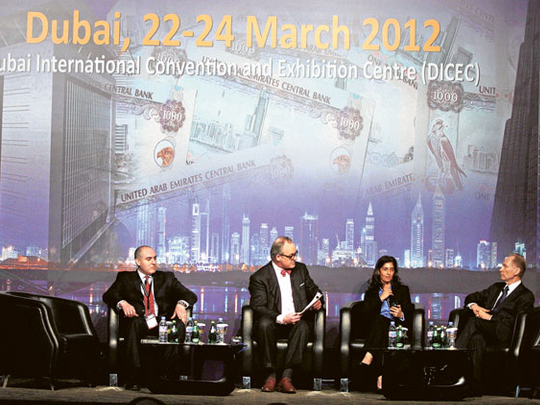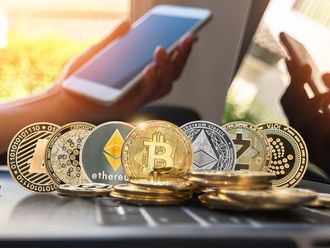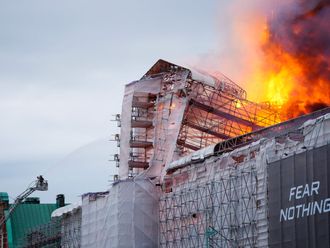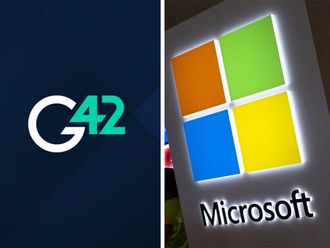
Dubai: Gulf economies and various Gulf-based asset classes benefited from the Middle East's political uprisings, popularly known as the Arab Spring.
The Gulf countries with the exception of Bahrain did not experience any major protests and have been largely viewed as safe havens since the start of the political upheavals that resulted in regime changes in countries such as Tunisia, Egypt and Libya.
"The GCC emerged as a safety zone amid regional turmoil. The UAE is widely seen as very safe in the region and the country has hugely benefited from this perception," said Brad Bourland, Chief Economist of Jadwa Investments, speaking at a session on Financial Market Opportunities Created by the Arab Spring at the 51st ACI Financial Markets World Congress in Dubai yesterday.
Speakers at the event said tourism, hospitality and aviation sectors of the UAE were beneficiaries of the Arab Spring.
"A large number of Saudis who regularly travelled to Egypt, Lebanon and other regional destinations are now coming to the UAE because of the safety and stability the country offers. The hotel occupancy and total tourist numbers indicate this obvious boost," said Farah Foustock, chief executive officer of ING Investment Management.
Fund flows
While the regional fund flows are expected to give a boost to GCC financial assets and real estate, experts said Gulf financial markets lack depth to absorb the potential investment flows from the countries impacted by the Arab Spring.
"The markets need to improve depth to absorb potential capital inflows. Currently we face a situation that there are more brokers in the market than the number of listed stocks," said Bourland.
Analysts said while the relatively young financial markets of the region are growing fast, these markets are coping well with the changes in the region.
Learning fast
"The region's markets and regulators are learning fast from their global counterparts. It will be a matter of time before the markets become deep enough to attract international capital flows," Said Hirsh, Middle East economist of Capital Economics, said.
The region's bond markets are largely led by sovereign issuers and corporate issuance is dominated by sukuk, while the conventional issuance market is yet to pick up pace.
Experts said the regional investor participation in the bond market is muted because of the low yields on high quality issues.
While real estate has been witnessing a steady recovery in the Gulf region including Dubai, which faces over-supply in some segments, investors are eagerly waiting for some signs of sustainable recovery in the equity markets.
Dubai Gold can be a star performer for investors in 2012, just as falling imports of the metal into India undermine the trade in Dubai, a precious metals expert said yesterday. Jeffrey Rhodes, Global Head of Precious Metals and CEO, INTL Commodities, Dubai Multi Commodities Centre (DMCC), predicted that gold prices will threaten to reach $2,000 per ounce this year, but ultimately fall just short of the mark.
He sees present weakness across the precious metals sector, and a strong track record in performances over the last ten years, as factors combining to present good buying opportunities.
Analysing the potential for investment in precious metals this year, Rhodes said that while gold has gained 5.43 per cent since the end of 2011 to its current price of around $1,650, this is well off the high of $1,790 posted at the end of February. "I remain cautiously bullish for 2012 as a whole and see the current weakness across the precious metals sector as a buying opportunity," he said. "In a world devoid of yield, money managers need to invest in asset classes that will give capital gains, and moreover they need to point to track record when explaining their investment strategies to their investors.
"Gold is the star performer in global markets, gaining 480 per cent over the last ten years, posting an increase in the annual price in each of those years with an average annual return of 20 per cent per annum," he said
Silver has been even more impressive with the average price in 2011 almost 600 per cent above 2001 with an annual average return of 23 per cent per annum over those ten years. Platinum and palladium rose by an annual average of 14 per cent and 10 per cent per annum respectively over the same period.












